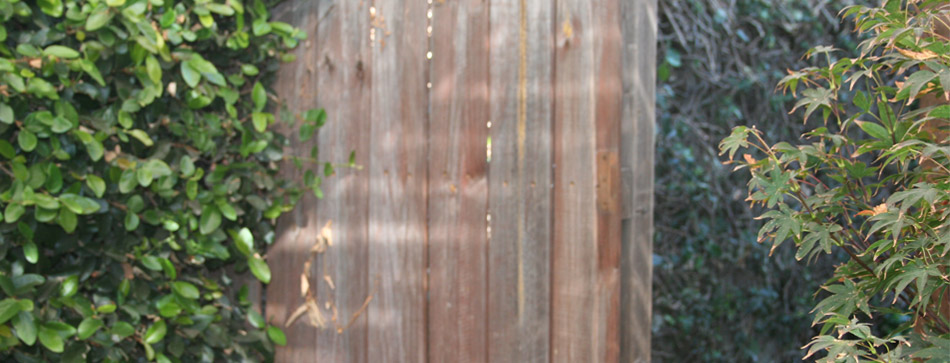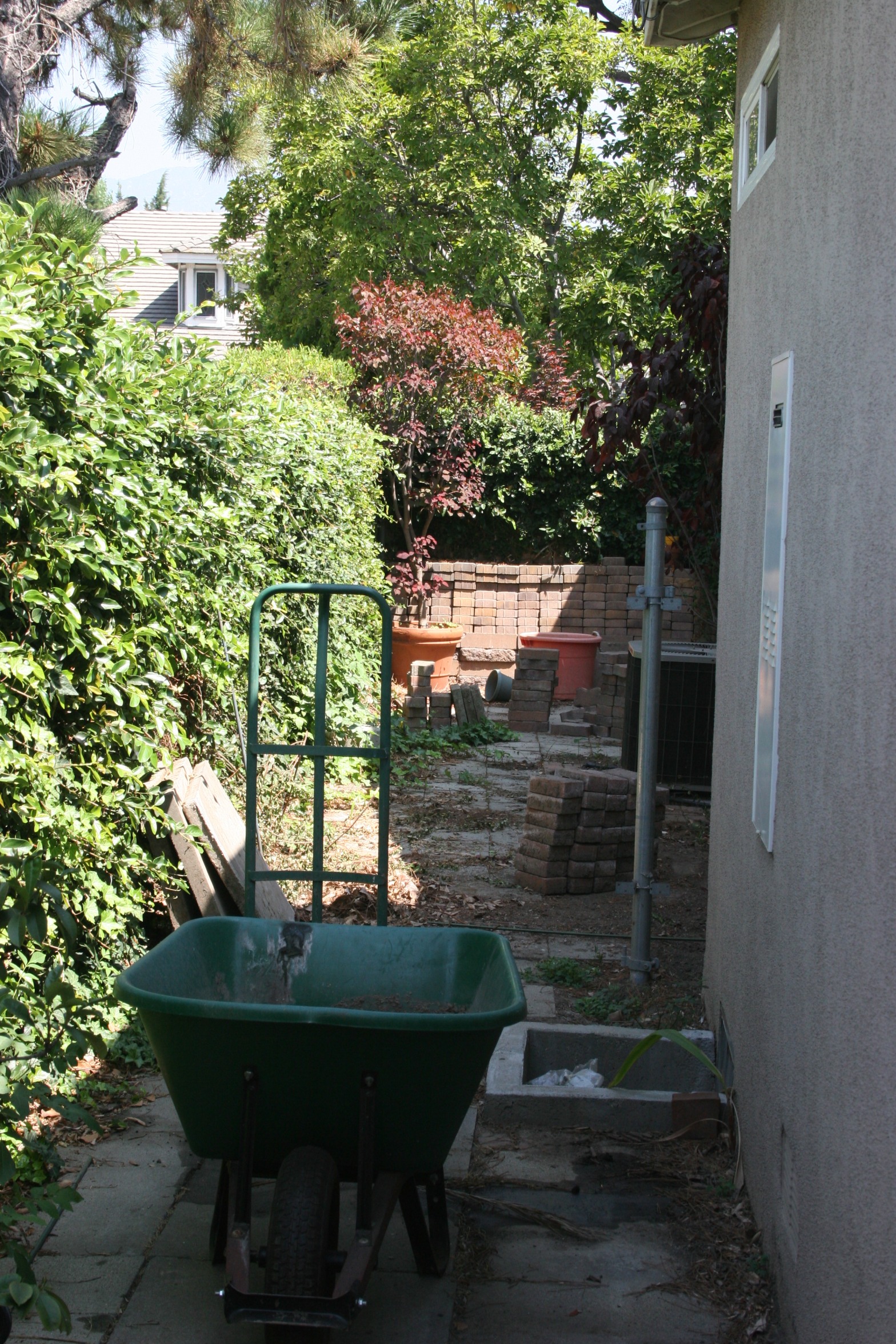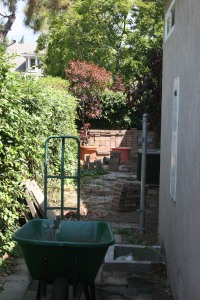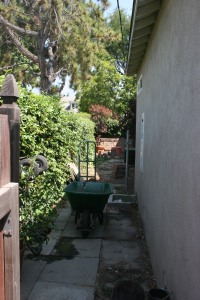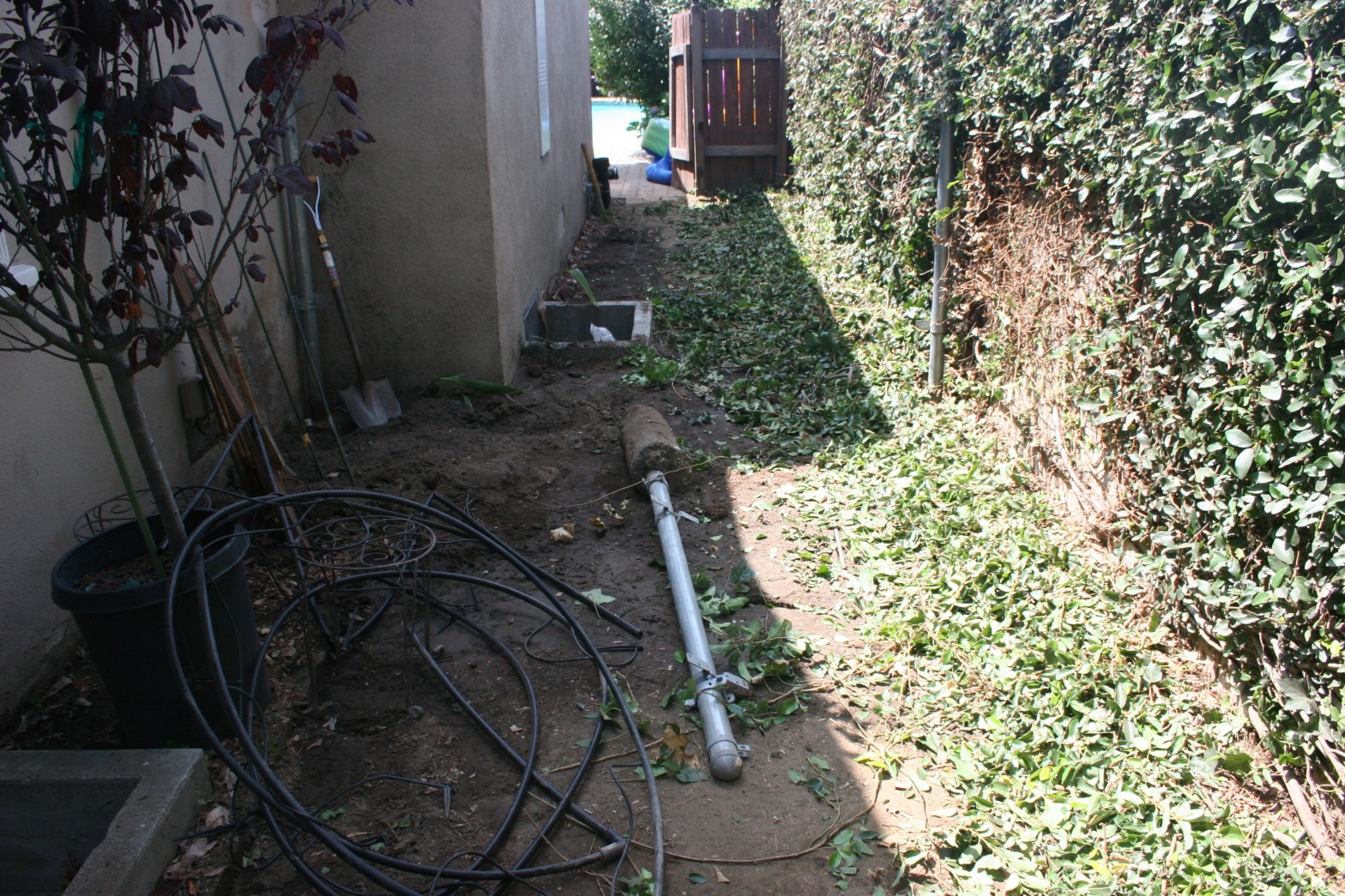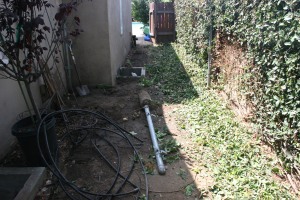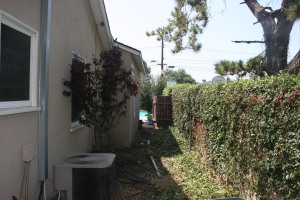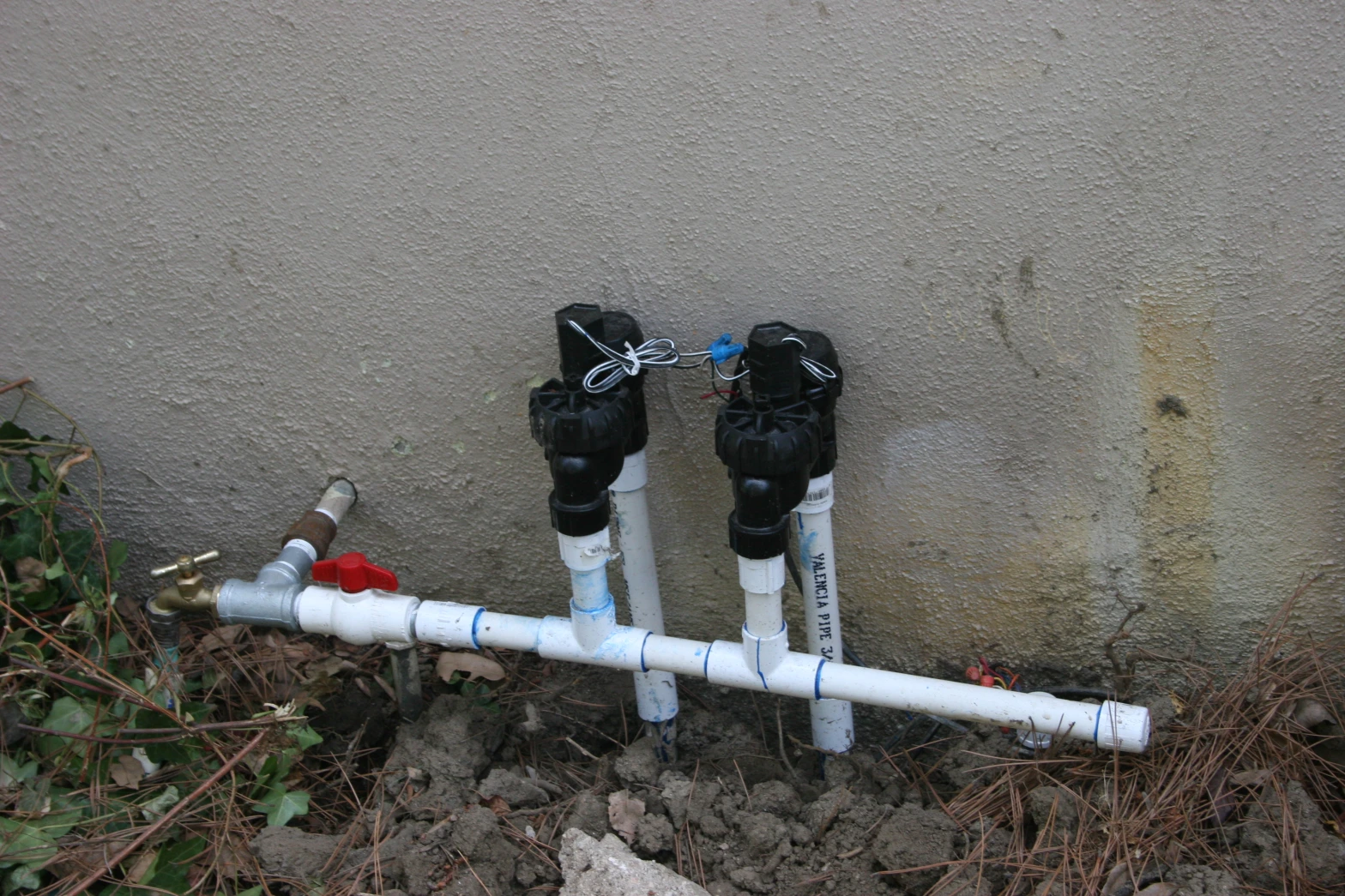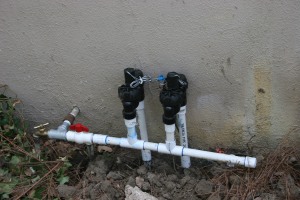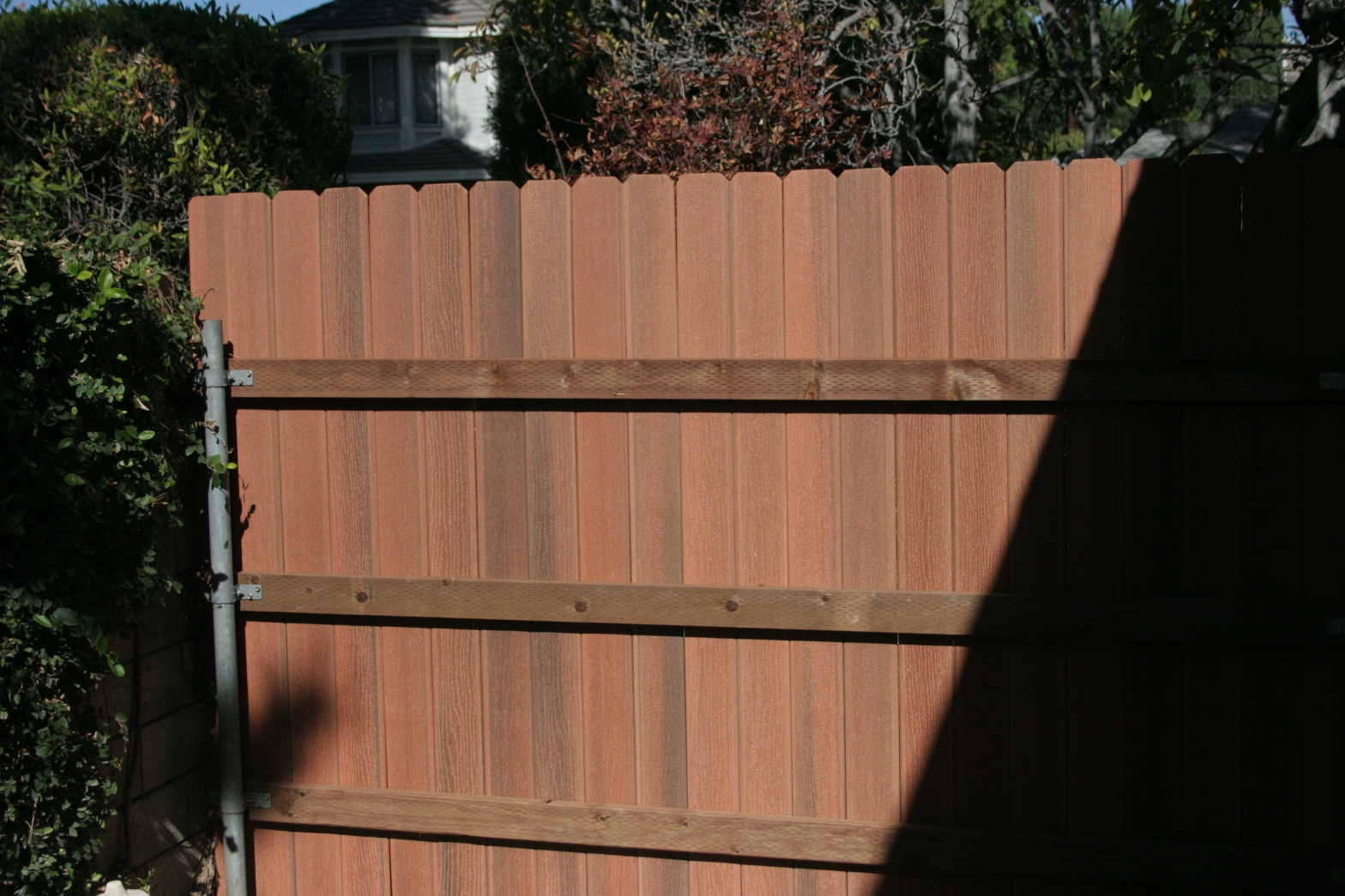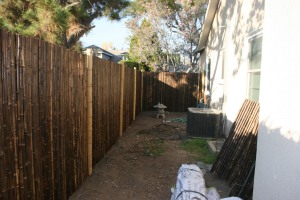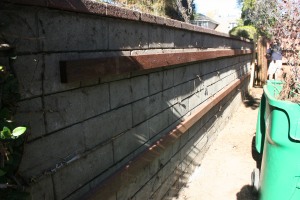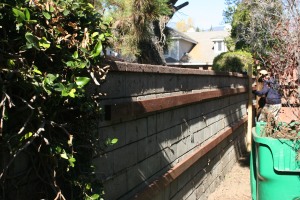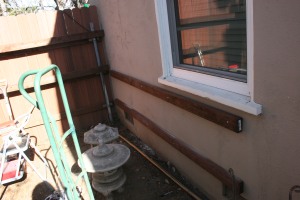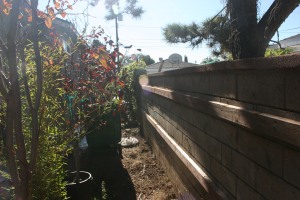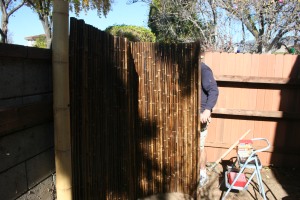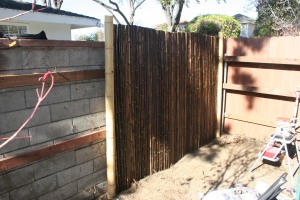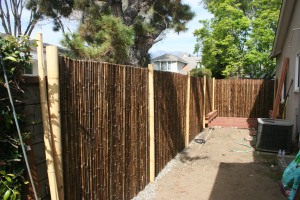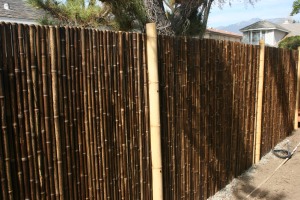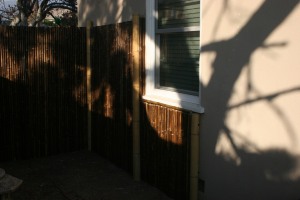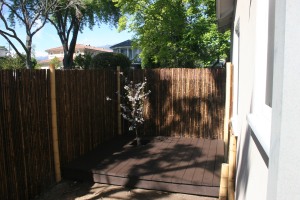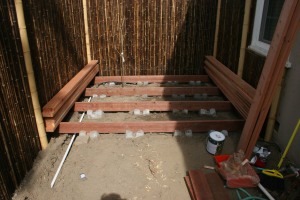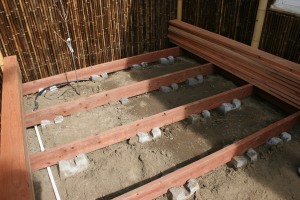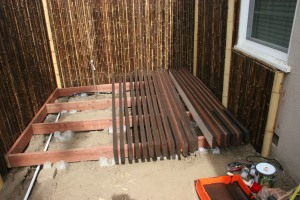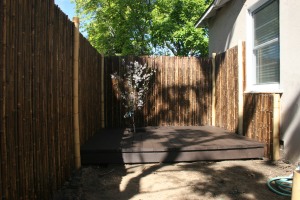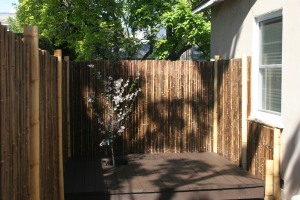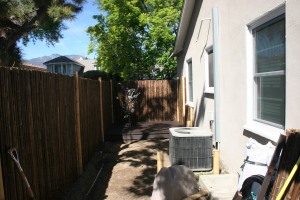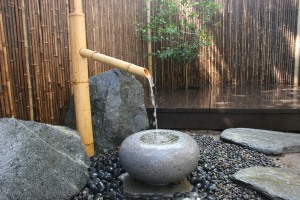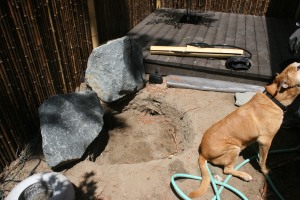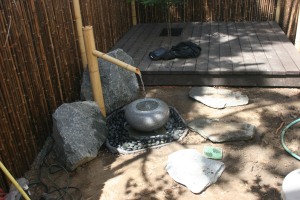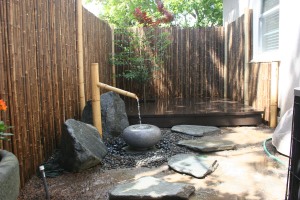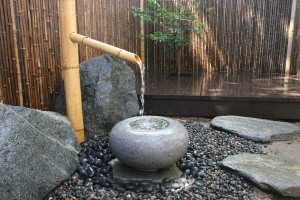I’ve started this blog to chronicle garden projects that either I am personally involved in or that I admire. For a little background, my name is Bernard and I live in Southern California. I garden for the simple reason that it allows me to focus entirely on something that’s outside the boundaries of my career which tends to consume a significant portion of my everyday existence. Working in the yard allows me to be creative, problem solve and recognize the results of my labor visually and usually at the end of the gardening day. Ultimately, I reserve the right to judge my own work but definitely enjoy the compliments that sometimes come along with finishing a project.
I started working in the yard when I was young but that was generally limited to mowing the lawn, digging holes or clearing bushes for my parents’ home and their rentals. When my wife and I purchased my own home in our mid-twenties, I began planting and caring for flowers, plants and trees with generally pretty poor results. In retrospect, I blame a lot of my early lack of success on bad soil but the truth is that I really didn’t spend any time on proper plant selection or soil preparation and the results were as expected.
When my wife and I purchased our second home in Arcadia, we moved into a lot that had considerable more opportunity for planting than our previous home and I have had considerable more success in the yard.
Over the years, we’ve made several additions and upgrades to the home including adding a pool. Although the pool addition significantly reduced my available yard for planting, it presented me with an opportunity to undertake my first large yard project which included landscape design, planting, ground prep and laying sod and installing sprinkler systems, low-wattage yard lighting and a French drain and dry well.
When all was said and done, I was happy with the results and wanted to start another project which I did at the end of this past summer. I decided to make use of the side of my property in order create a Southern California version Japanese Garden.
